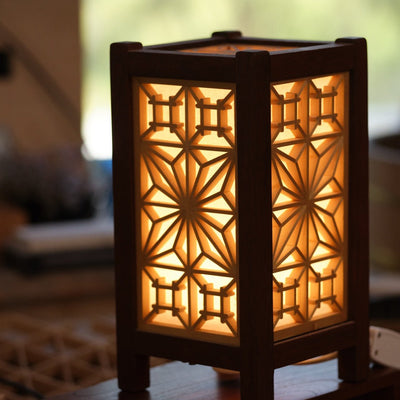Our chopstick-making jig is ingenious in its simplicity, but does require a little bit of practice to get it turning out perfect utensils every time. Here are the steps to producing a chopstick in our jig, as well as a couple of tips or tricks.
1. Our jig accepts timber blanks 8mm tick in both dimensions, and about mm long. There is some adjustability in the locking mechanism to allow for slightly shorter or longer lengths. Many blanks can be produced quickly and easily on a band saw or table saw. If you don't have access to these tools, we now stock blanks in a variety of timbers. Click here to browse our selection.
2. Once unpacked from the box, the Japanese plane may need some tuning to get it into working condition. This is a quick process requiring simple tools - a hammer, a pencil and a file or sharp chisel, and a great way to learn about your new plane. Click here to view our plane setup page for detailed information.
3. If you own a sharpening stone, feel free to give the blade a touch up before putting it to work. If you don't own any sharpening equipment, not to worry - the edge will be sharp out of the box. Bear in mind that if you're thinking of making a lot of chopsticks, the edge will dull. A 1000/3000 combination stone will allow you many years of use from your plane and any other edged tool. Click here to view it as a single item or here as part of our sharpening kit.
One you have your blanks and the plane is ready to go, it's time to make some shavings!
4. Take a pencil and number the sides of your first blank from 1 to 4, working around the four sides. Sides 1 and 2 will be worked on the first side of the jig (showing numbers 1-2) and sides 3 and 4 will be worked on the second side of the jig (showing numbers 3-4).
5. Start with the jig's side that read 1-2 facing up. Ensuring the top wedge of the jig is completely open, place the blank in the rail of the jig with the blank's number 1 facing up, and slide the wedge across to bring the locking mechanism into contact with the end of the blank and hold it securely in place.
It is easiest to keep the numbered end of your chopstick at the numbered end of the jig. If you turn the chopstick end-for-end in a subsequent step, the taper will cancel itself out, leaving you with a very nice normal stick instead of a chopstick.
6. Place the plane at the end of the jig farthest from you with the edge ready to cut on its way back towards you. Placing one hand on top of the plane and one hand at the back, take a slow test cut.
If the plane does not take any timber off the blank, the blade may need to be gently tapped further in. If the blade jams in the blank, the blade may need to be backed off with gentle taps to the back of the plane.
Use the first stroke to determine the grain direction on this side of the blank. If the surface is rough, turn the whole jig and take a shaving or two in the opposite direction. A little trial and error should produce a smooth finish on the timber.
7. Once you are confident of planing with the grain, run the plane along the jig repeatedly, taking shaving after shaving. Allow the plane to keep working until no more shavings are produced and the plane bottoms out on the jig. Congratulations! You have finished the first side of your chopstick.
8. Release the wedge, remove the blank, turn it to side two and place it back in the jig, resetting the wedge. Work the second side in the same way as the first, until plane no longer takes shavings.
The first two sides require the most material removal and will take the longest.
9. Remove the blank from the jig and flip the whole jig over to reveal the face that reads "3-4". Reinsert the blank with the number 3 facing up, take a couple of test passes to check for grain direction, and work the blank in the required direction until the plane bottoms out on the jig once more.
Note: As the blank is now quite thin, placing excessive force on the wedge can force the blank to bend in the jig. This will produce a bent or excessively chopstick. Apply only the necessary force to hold the blank, not compress it.
10. Remove the blank, turn it to the final side 4 and replace in the jig. Check for grain direction, and work the side with plane. Once the plane bottoms out, remove you chopstick, give it a good look and admire your handiwork. Now all it needs is a pair!



